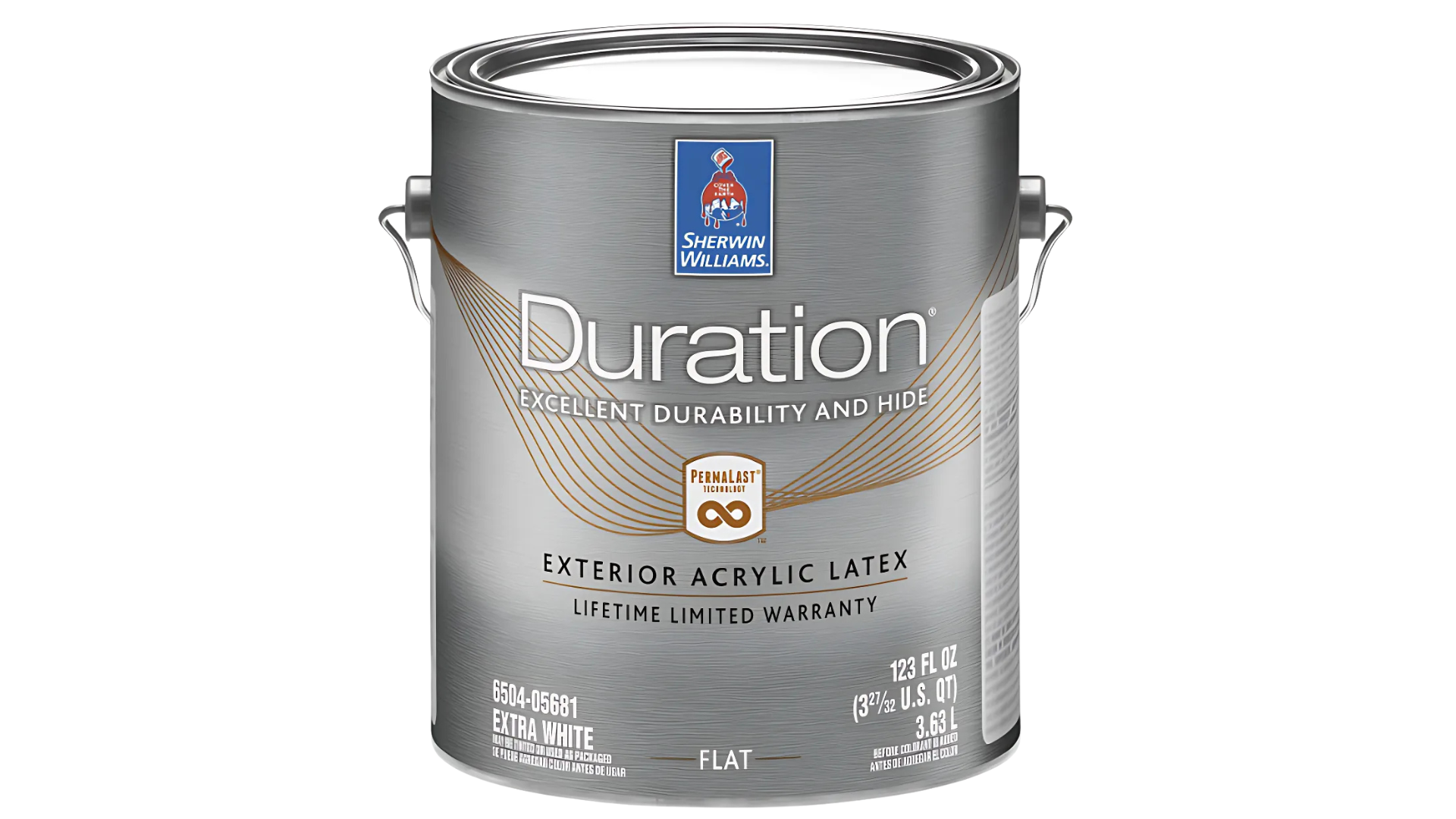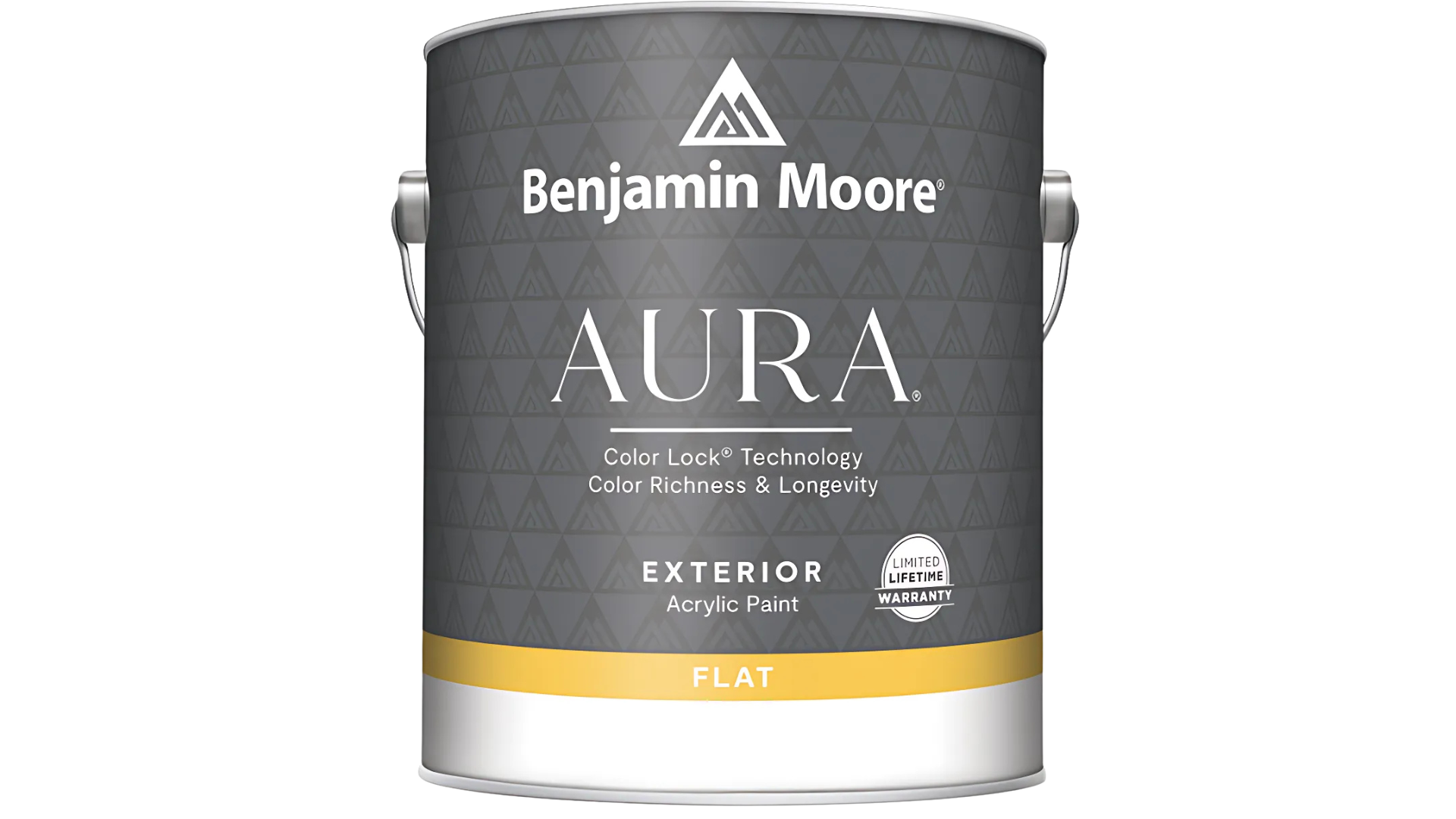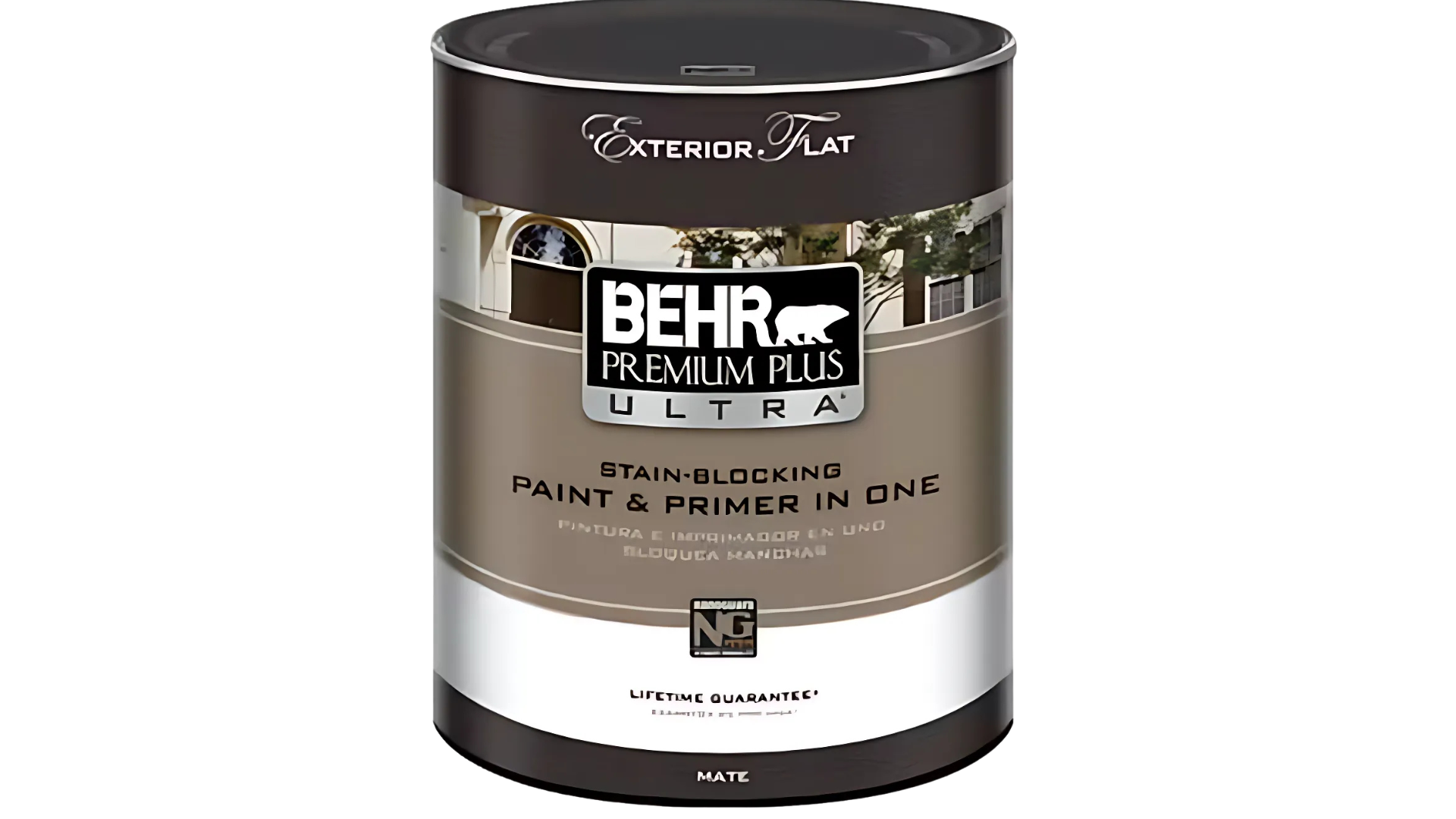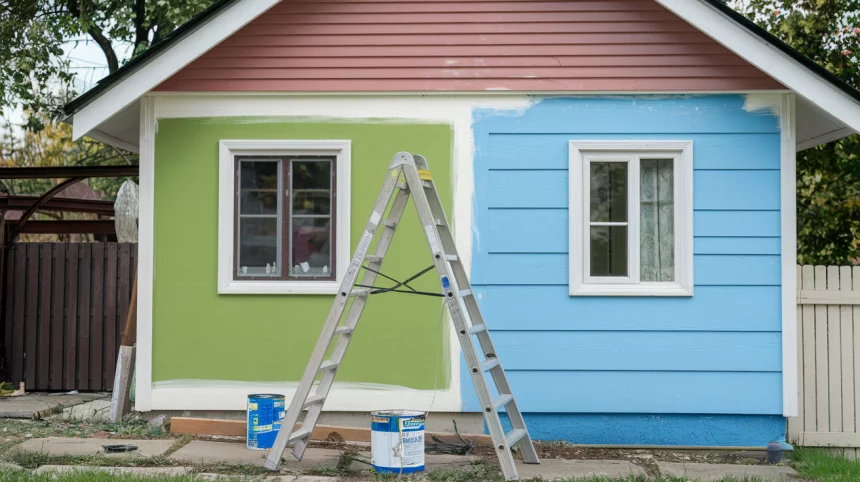I couldn’t agree more that choosing the right exterior paint is one of the most important decisions you’ll make for your home.
The perfect paint doesn’t just boost curb appeal; it shields your property from harsh weather, UV rays, and moisture for years to come.
In this guide, I promise to simplify the overwhelming world of exterior paints.
You’ll find which formulations last longest in different climates, which brands consistently outperform the competition, and how to select the perfect paint for your specific surface material.
By the time you finish reading, you’ll have all the knowledge to confidently select an exterior paint that offers the perfect balance of durability, appearance, and protection for your home’s unique needs.
Top-Rated Exterior Paint Brands and Products
When choosing exterior paint for your home, several brands consistently receive high ratings for their durability and performance.
The top contenders include Sherwin-Williams, Benjamin Moore, and Behr, each offering premium lines that excel in different conditions.
Sherwin-Williams Duration

Sherwin-Williams Duration stands out as one of the most durable exterior paints on the market. This 100% acrylic latex formula features PermaLast technology that creates a flexible yet tough coating resistant to peeling and blistering.
It self-primes on most surfaces and can be applied at temperatures as low as 35°F, making it versatile for various climates.
Benjamin Moore Aura

Benjamin Moore’s Aura line utilizes proprietary Color Lock technology that delivers exceptional color retention even after years of exposure. The paint forms a highly durable film that resists fading, cracking, and mildew.
Homeowners appreciate its excellent coverage and the fact that it can typically cover dark colors in fewer coats than competing brands.
Behr Premium Plus Ultra

Behr Premium Plus Ultra offers excellent value for budget-conscious homeowners without sacrificing quality. This paint-and-primer combination provides good resistance to fading and dirt accumulation.
It applies smoothly and dries to a uniform finish, making it popular for DIY painters who want professional-looking results.
Paint Types for Specific Surfaces
Different exterior surfaces require specific paint formulations to achieve optimal results and longevity. Choosing the right paint for your particular surface material can significantly extend the life of your paint job.
1. Wood Siding Paint Options
For wood siding, 100% acrylic latex paints provide the best combination of flexibility and adhesion. These paints allow moisture to escape while protecting against rain and UV rays.
Sherwin-Williams Emerald and Benjamin Moore Regal Select exterior paints excel on wood surfaces because they resist mildew growth and maintain color vibrancy over time.
2. Vinyl Siding Considerations
Vinyl siding requires specially formulated paints that won’t cause warping or buckling. Sherwin-Williams VinylSafe colors are specifically designed not to absorb excessive heat that could damage vinyl.
When painting vinyl, always choose a color that’s the same shade or lighter than the original to prevent heat-related problems.
3. Masonry and Stucco Solutions
Elastomeric paints like Behr Masonry, Stucco & Brick Paint provide excellent protection for brick, concrete, and stucco surfaces. These thick, flexible coatings can bridge hairline cracks and protect porous surfaces from moisture infiltration.
They typically require fewer repaints over time, making them cost-effective despite their higher initial price.
Climate-Specific Paint Recommendations
Your local climate plays a crucial role in determining which exterior paint will perform best on your home. Environmental factors like humidity, temperature extremes, and UV exposure all affect paint longevity.
1. Hot and Sunny Climates
Paints with high levels of UV protection are essential in areas with intense sun exposure. Benjamin Moore Ben Exterior and Sherwin-Williams SuperPaint contain special reflective pigments that reduce heat absorption.
These paints resist fading and maintain their color integrity even after years of sun exposure.
2. Cold and Wet Regions
For cold or rainy climates, look for paints with excellent mildew resistance and flexibility.
PPG PERMANIZER and Sherwin-Williams Duration perform exceptionally well in these conditions because they resist moisture penetration while expanding and contracting with temperature fluctuations without cracking.
3. Coastal Area Protection
Homes near the ocean face unique challenges from salt spray and high humidity. Benjamin Moore Aura Exterior and Sherwin-Williams Emerald contain advanced mildew inhibitors and resist salt degradation better than standard paints.
These premium options might cost more initially but provide superior protection in harsh coastal environments.
Paint Finishes and Their Benefits
The sheen or finish of your exterior paint affects both appearance and performance. Different finishes offer varying levels of durability, cleanability, and ability to hide surface imperfections.
Flat and Matte Finishes
Flat finishes provide excellent coverage for hiding surface imperfections and create a sophisticated, traditional look. These non-reflective finishes work well on older homes with character flaws in the siding but may require more frequent cleaning since they tend to hold dirt more readily than glossier options.
Satin and Eggshell Options
Satin finishes strike an ideal balance for most exterior applications, offering moderate sheen with good durability and easier cleaning than flat paints. These finishes resist moisture well and stand up to scrubbing, making them perfect for family homes that need occasional cleaning to remove dirt and grime.
Semi-Gloss and Gloss Applications
Semi-gloss and gloss finishes provide maximum durability and moisture resistance, making them excellent choices for trim, doors, shutters, and other accent areas. Their reflective surface highlights architectural details while offering superior protection against rain, snow, and humidity. These finishes clean up easily but will show surface imperfections more than flatter options.
Common Mistakes to Avoid
| Common Mistakes to Avoid | Why It’s a Problem | Solution |
|---|---|---|
| Skipping primer on bare surfaces | This leads to poor adhesion and uneven coverage | Always use a primer for better paint bonding |
| Painting in extreme weather conditions | It can cause cracking, peeling, or uneven drying | Paint in mild temperatures (50-85°F) |
| Choosing the wrong paint for your climate | May fade, crack, or attract mildew depending on the weather | Select paint formulated for your region |
| Applying too-thin or too-thick coats | Thin coats won’t protect well; thick coats may crack | Follow the manufacturer’s recommended application |
Conclusion
Choosing the right exterior paint is an important investment in your home’s appearance and protection.
By considering your specific climate conditions, surface materials, and performance needs, you can select a paint that will look great and last for years.
Remember that while quality paint costs more upfront, it typically saves money in the long run through better coverage, a longer lifespan, and superior protection.
With careful selection and proper application, your home’s exterior can maintain its fresh, attractive appearance through many seasons of weather.

